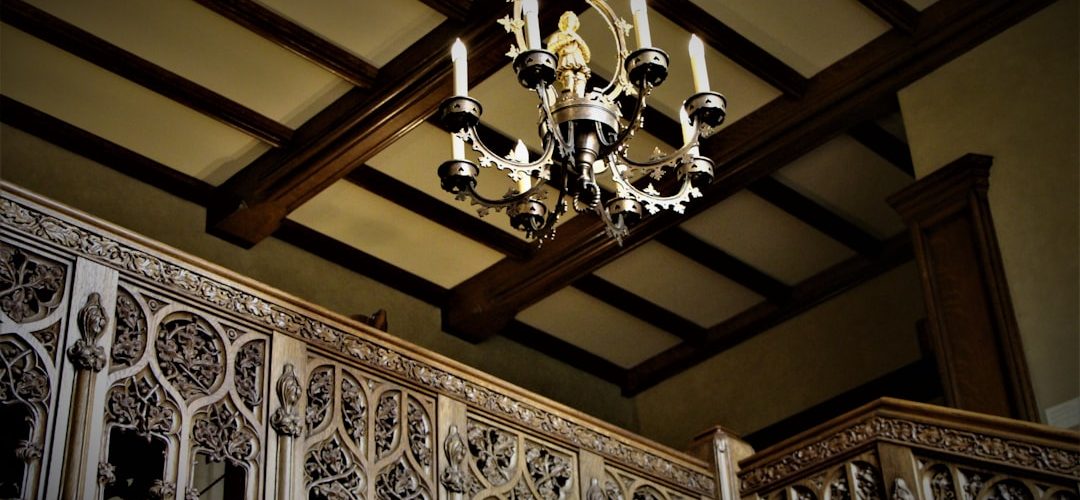
Design Spheres: Exploring the Art and Science of Creativity
Introduction
Design spheres refer to the multidisciplinary and holistic approach to design, where various disciplines and fields come together to create innovative solutions for complex problems. The art of creativity and the science of design are intertwined in this approach, where creativity plays a vital role in problem-solving and design thinking drives innovation. In this article, we explore the concept of design spheres and delve deeper into the art and science of creativity.
The Art of Creativity
Creativity is the key driver of innovation and an essential component of design spheres. It involves the generation of new ideas, concepts, and solutions that are both original and functional. Creativity goes beyond the traditional definitions of art and is not limited to the arts and humanities. Instead, it is a skill that can be developed and applied in various fields, including science, technology, and business.
Types of Creativity
There are different types of creativity, each with unique characteristics and applications. These include:
- Artistic creativity: Expressive and emotional creativity that is usually associated with the arts, such as music, painting, and literature.
- Scientific creativity: Analytical and logical creativity that is applied in scientific research and experimentation.
- Technological creativity: Practical and inventive creativity that is harnessed in the creation of new technologies and innovations.
- Entrepreneurial creativity: Business-oriented creativity that is utilized in the creation of new products, services, and market opportunities.
Creative Process
The creative process involves a series of steps that allow for the generation of new ideas and solutions. These steps include:
- Preparation: gathering information, resources, and insights related to the problem or challenge.
- Incubation: allowing the unconscious mind to process the information and explore new possibilities.
- Illumination: sudden insights and breakthroughs that lead to the discovery of new solutions.
- Verification: testing and refining the ideas and solutions to ensure their practicality and effectiveness.
The Science of Design
Design spheres also involve the science of design, which is the systematic and analytical approach to problem-solving and innovation. Design thinking is a human-centered approach to design that involves empathy, ideation, prototyping, and testing. It is a collaborative and iterative process that encourages the exploration of multiple solutions and the incorporation of feedback and insights from users and stakeholders.
Design Thinking Process
The design thinking process involves the following steps:
- Empathize: understanding the needs, perceptions, and experiences of users and stakeholders through observation, interviews, and surveys.
- Ideate: generating a wide range of ideas and solutions through brainstorming and other creative techniques.
- Prototype: creating low-fidelity models or mock-ups of the ideas and solutions for testing and feedback.
- Test: validating and refining the prototypes based on user feedback and insights.





